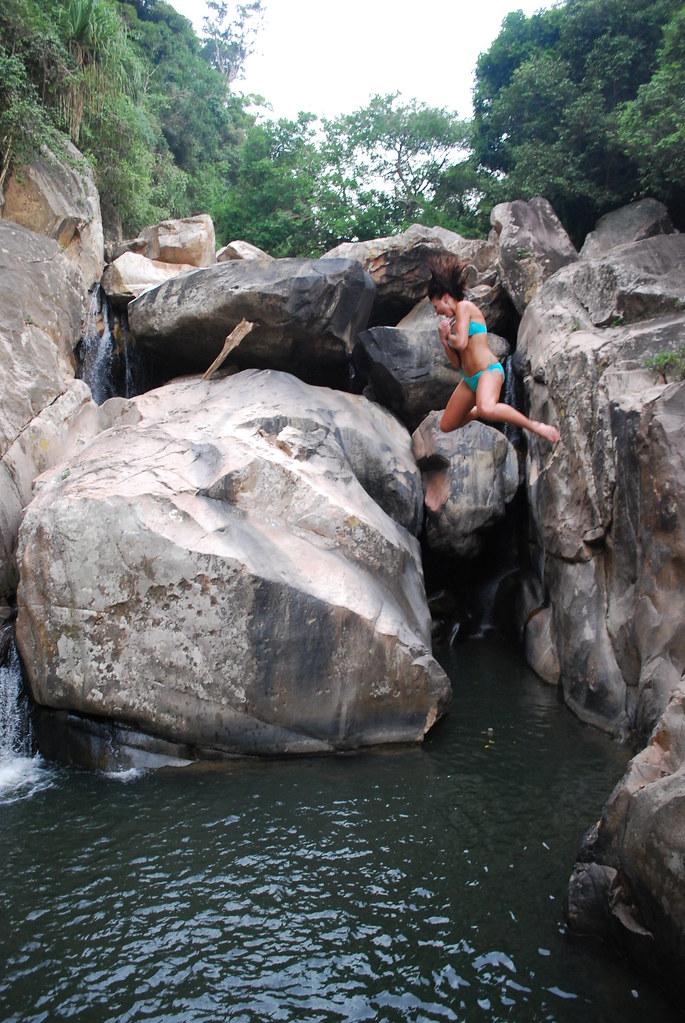
It's not often that a waterfall is included in this blog which I didn't go myself, in fact this is a first.
My wife was in Cambodia's western province of Pailin, not a place often visited. There she visited the Olavao waterfall, on her way back from Pailin.
My wife was in Cambodia's western province of Pailin, not a place often visited. There she visited the Olavao waterfall, on her way back from Pailin.
There's some confusion on the name. Travelfish notes it as Otavao:
'If you're going to spend the day in Pailin, Otavao Waterfall is the area's top attraction. It's an easy trek to the top with several different sets of stairs along the way that lead down to the falls.O Tavauv is what the falls are according to Zepp (2):
An unnamed restaurant is at the top and offers Khmer food and cold drinks. It's a great place to rest as it overlooks the falls and offers marvellous views of the surrounding lush scenery.
Several canopies are dotted along the falls and serve as good spots for resting or a picnic. It's best visited during rainy season, but either way, you'll likely have the site to yourself'.
'The falls are privately owned, by none other than I Chien, govenor of Pailin and son of Ieng Sary. This is not a National Park, and is yet another example of the Cambodian elite using their official position to further enrich themselves. And yet, they are performing a public service. It is the same system that cannot collect taxes for education but which gives you Hun Sen schools'.Zepp goes to say that there are in fact seven falls.
This website mentions O'Tavoa.

Matt Jacobson's (2) describes how you need to return to just outside Pailin (under 2 km) and turn to your right. After 4+ km there's a ticket booth and then it's nearly another 3 kms before you reach the waterfall. Matt mentions it as being a 4-tier waterfall, but my wife said there were many tiers ...
Some great swimming holes and during the week it's near-deserted. Though recent construction of access roads and stalls and mountains of garbage indicate that in weekends the story is different.
Notes:
(1) Jacobson, M. (2008) Ultimate Cambodia. Coastal Books, Phnom Penh, Cambodia
(2) Zepp, R. () Around Battambang. 2nd Edition. Tean Thor association, Battambang, Cambodia.


















